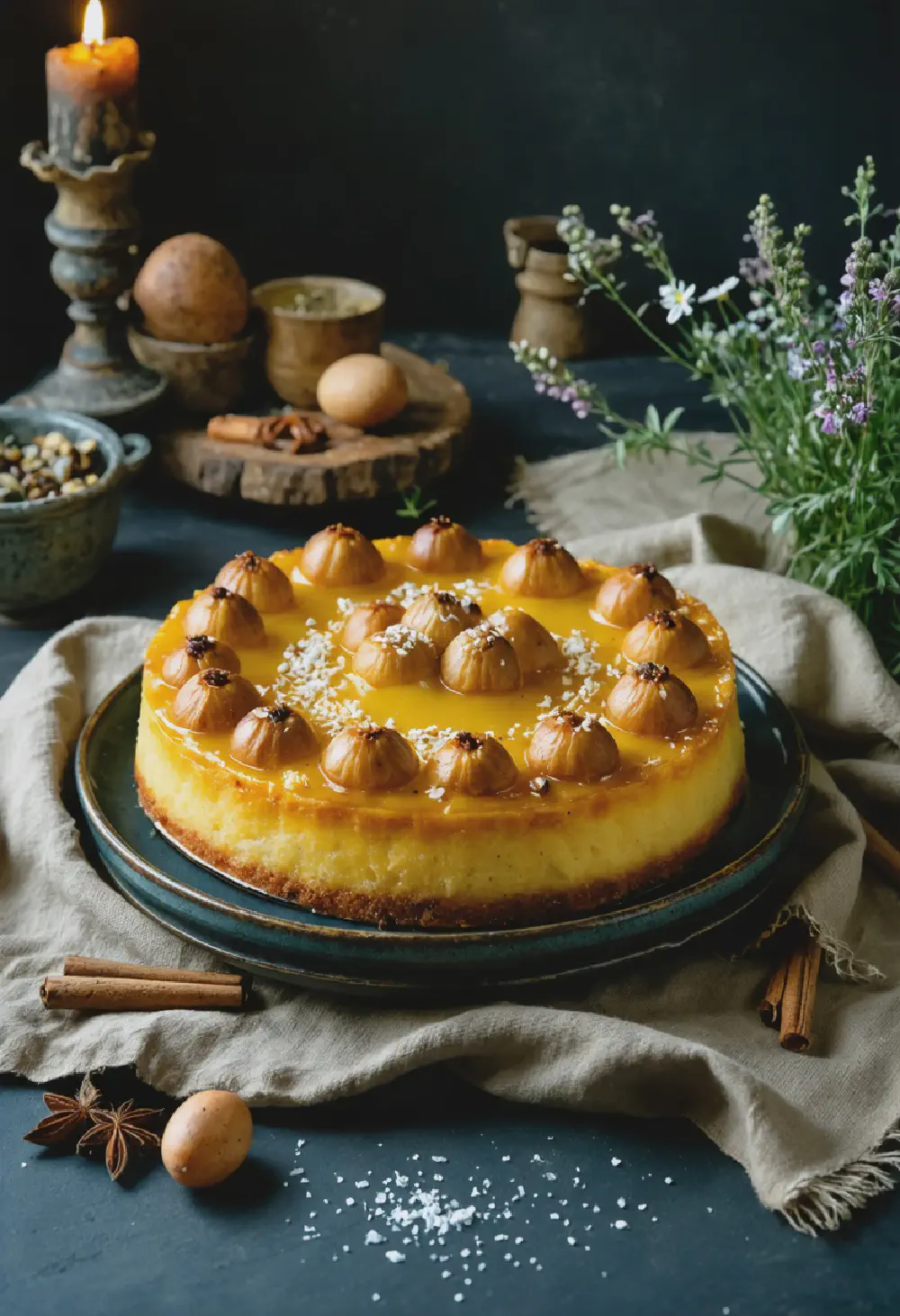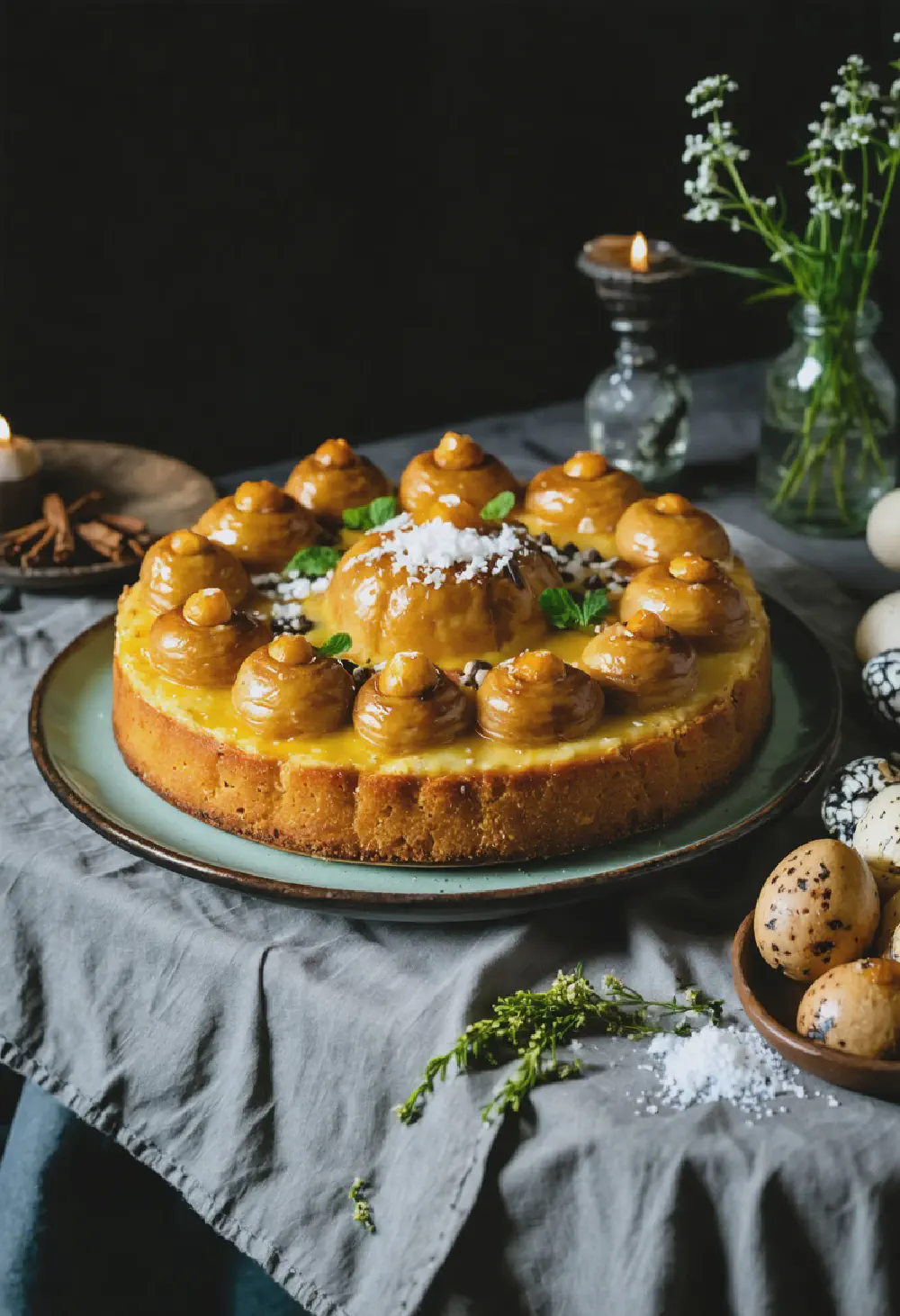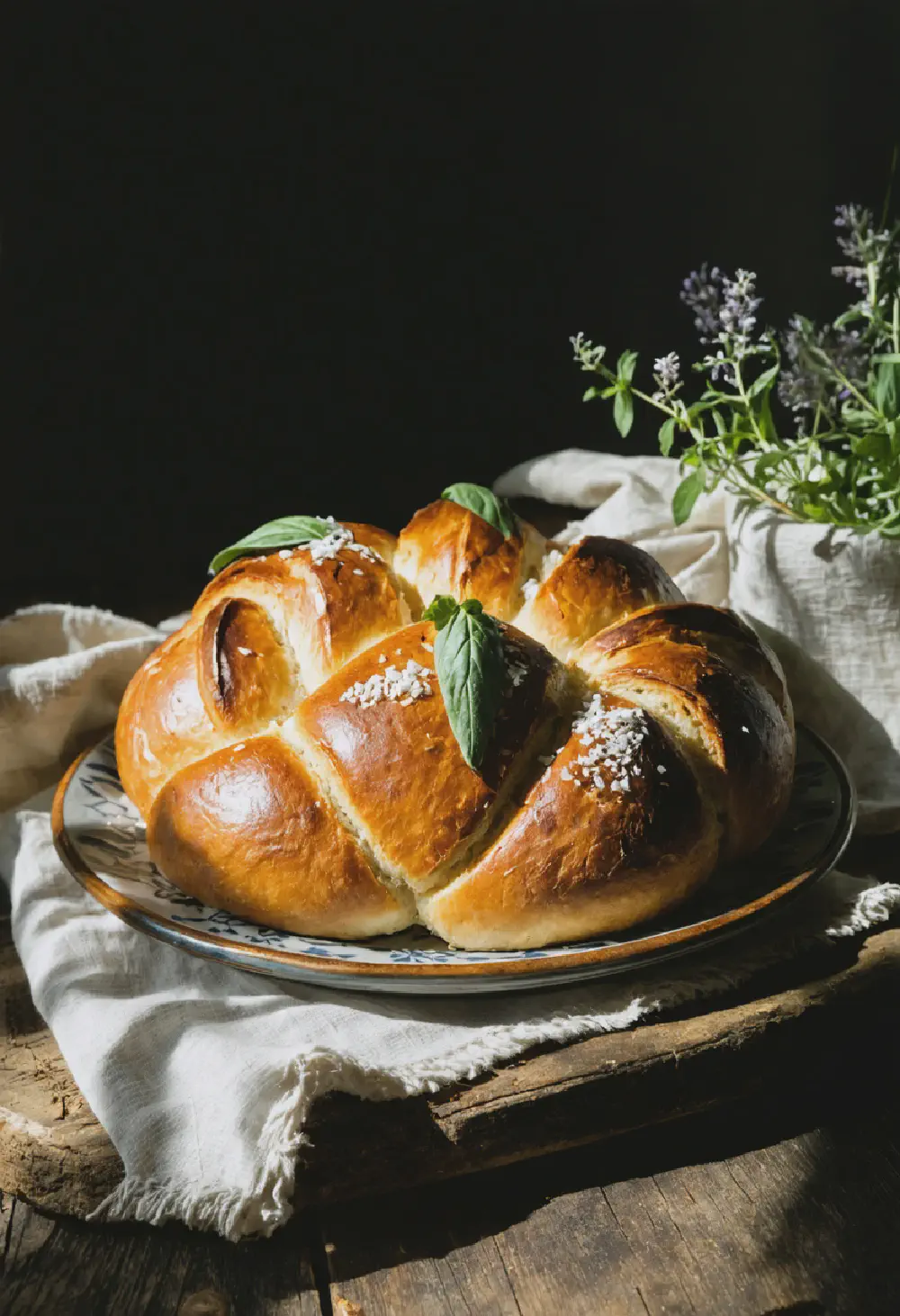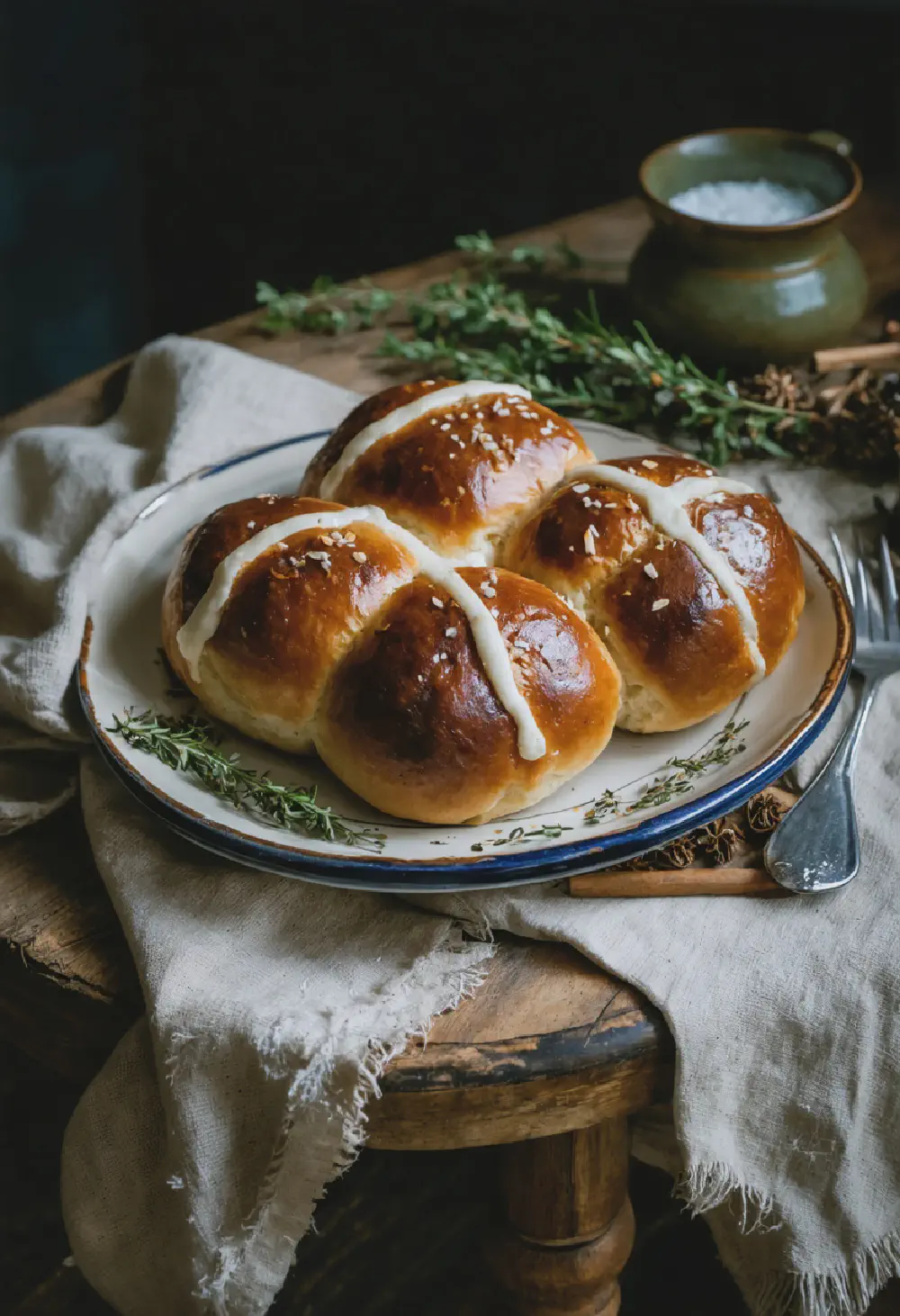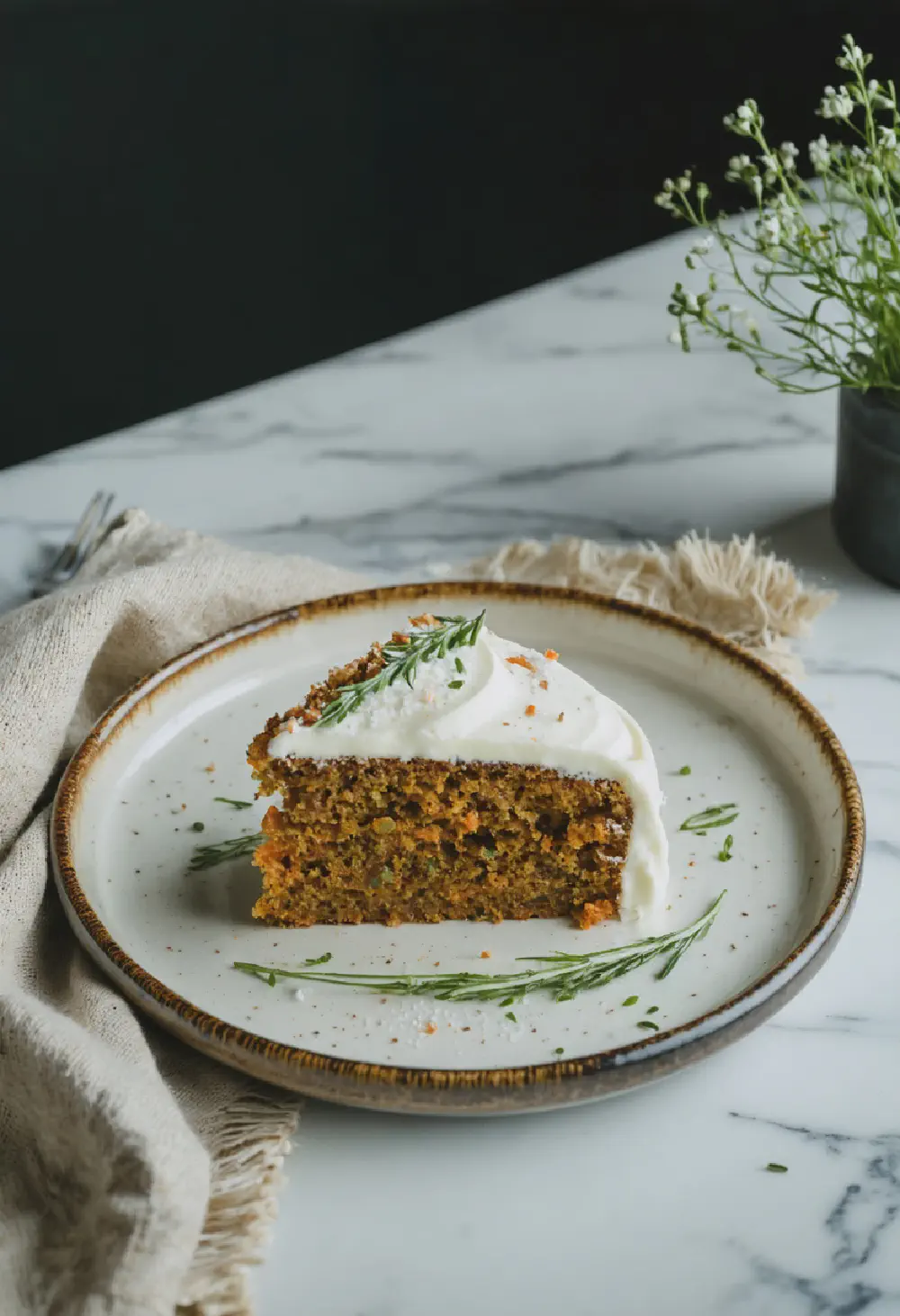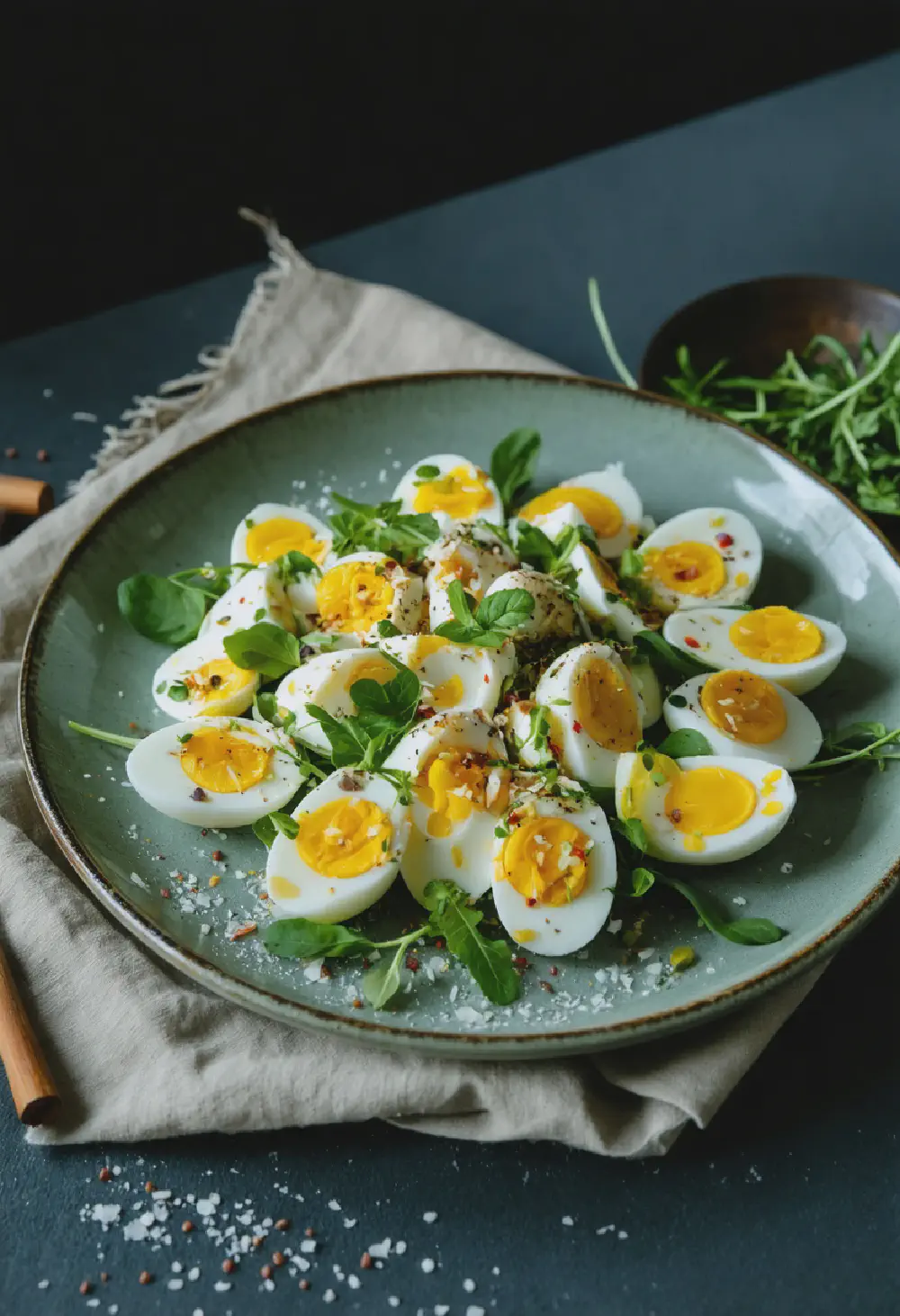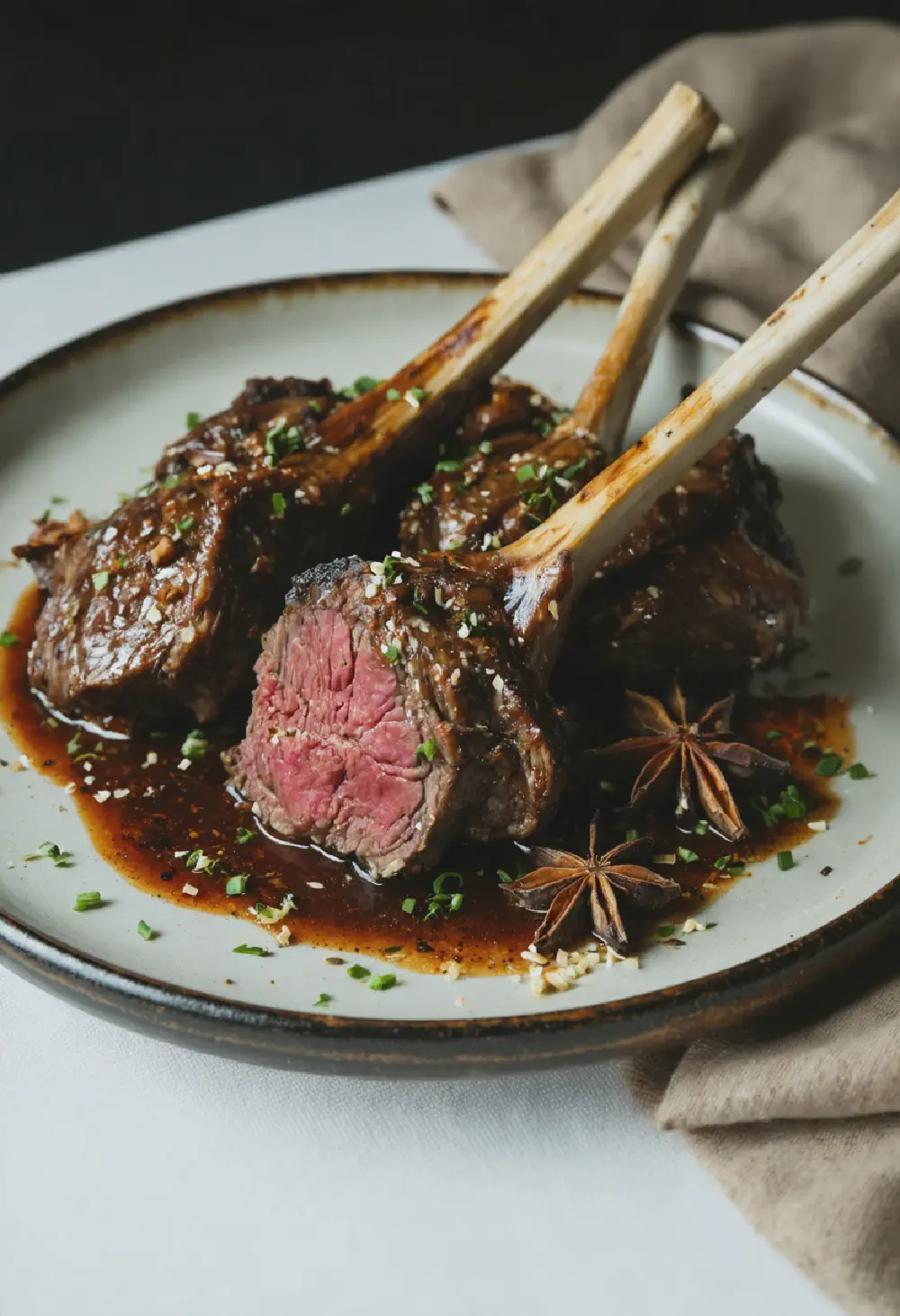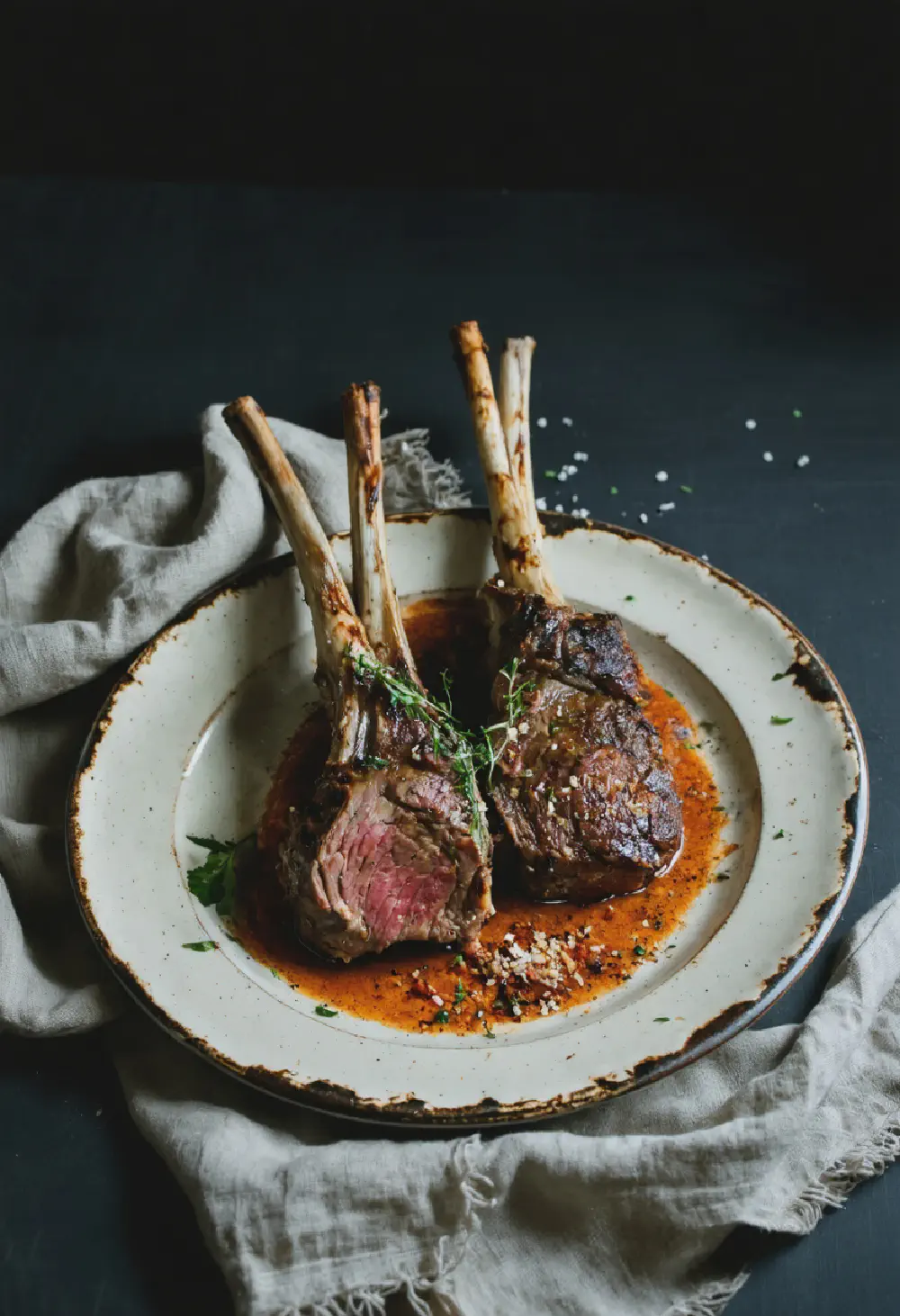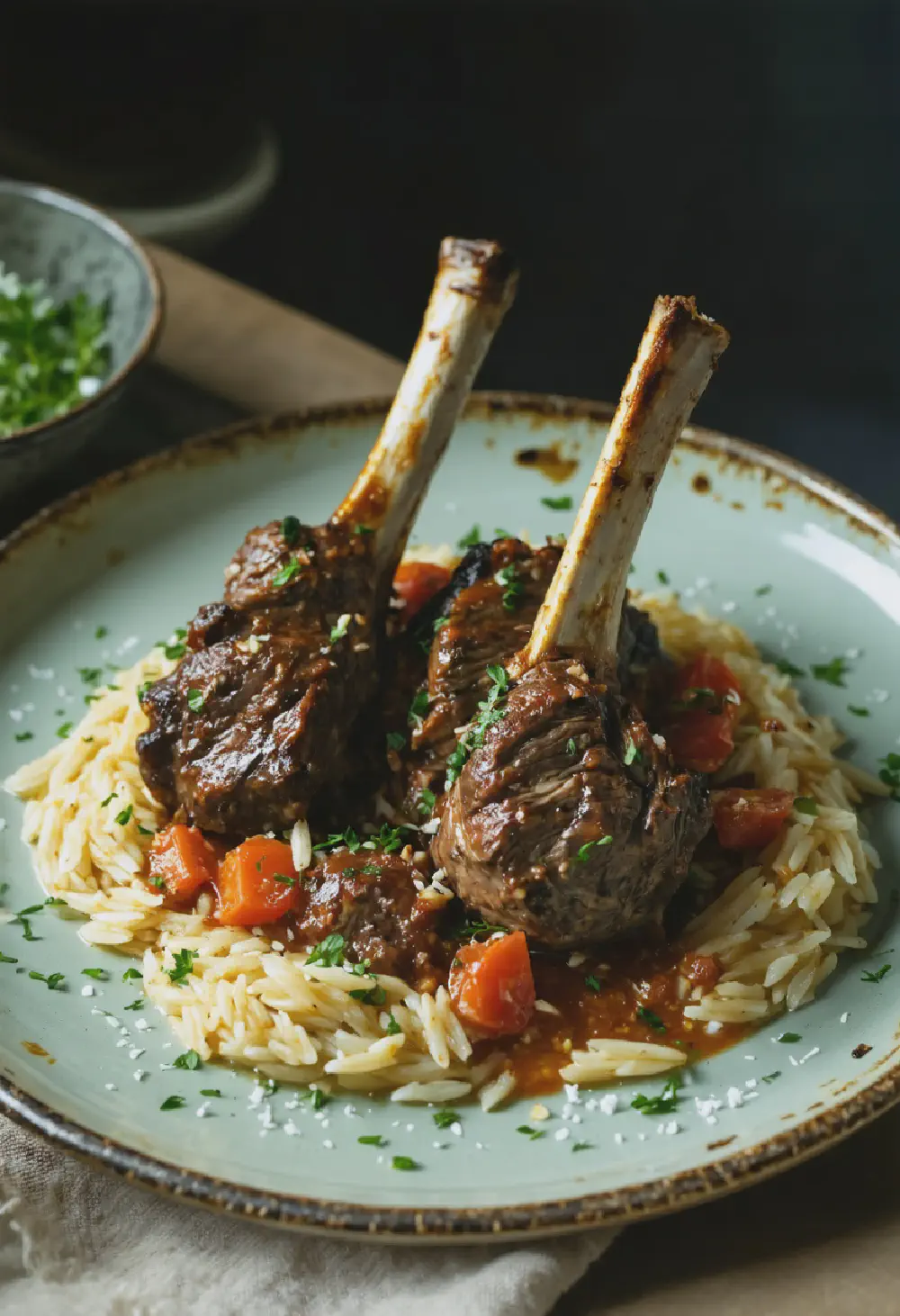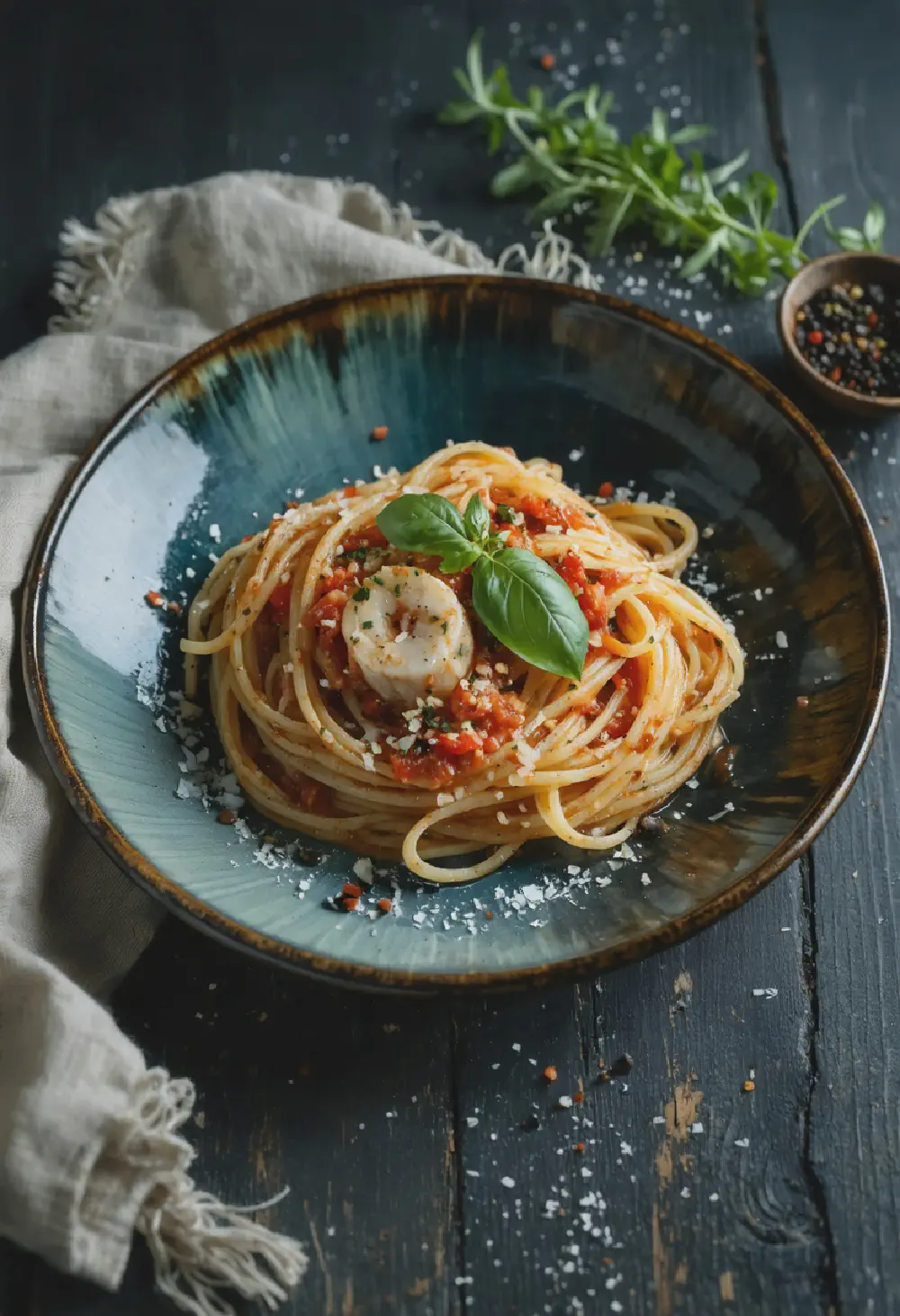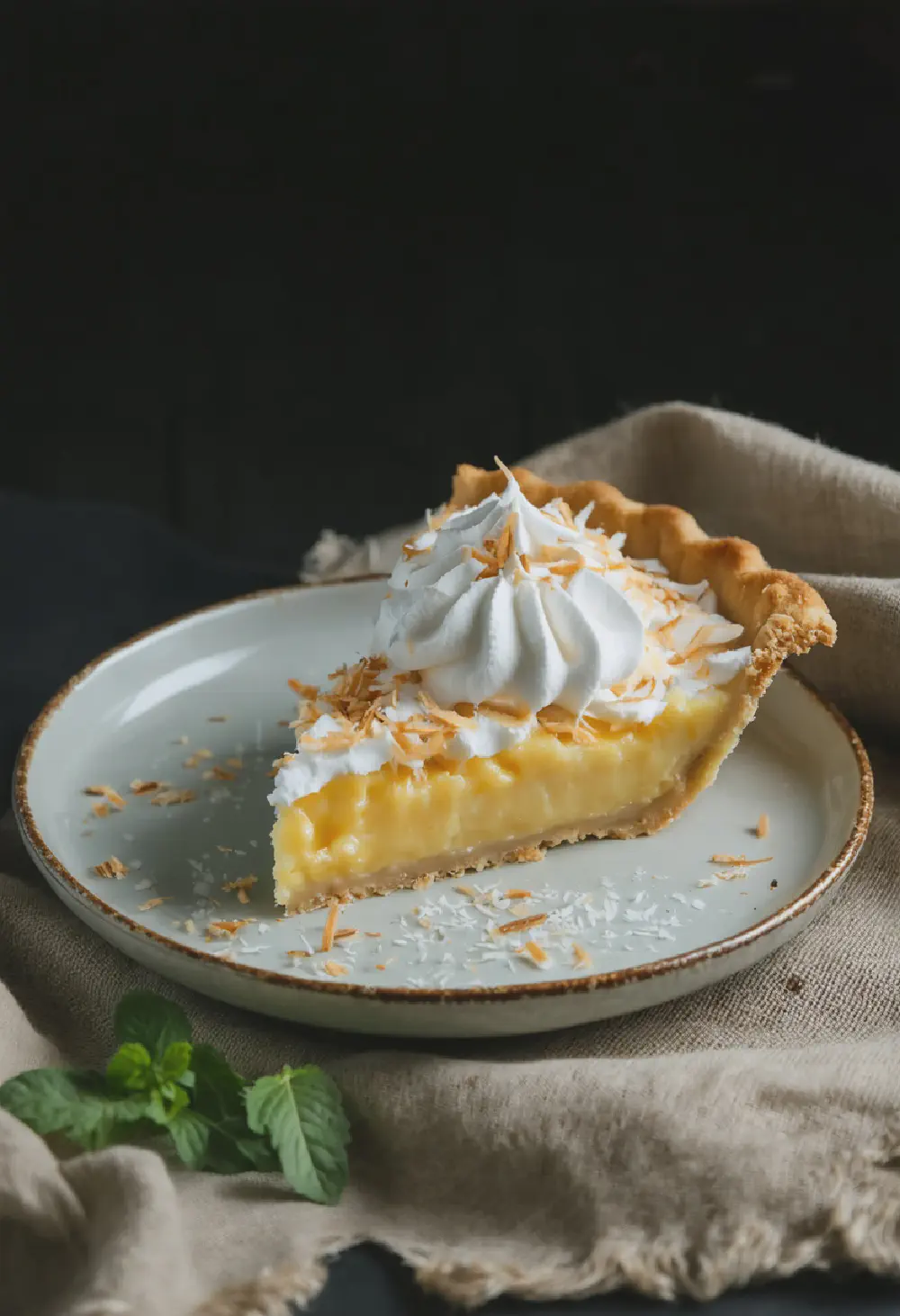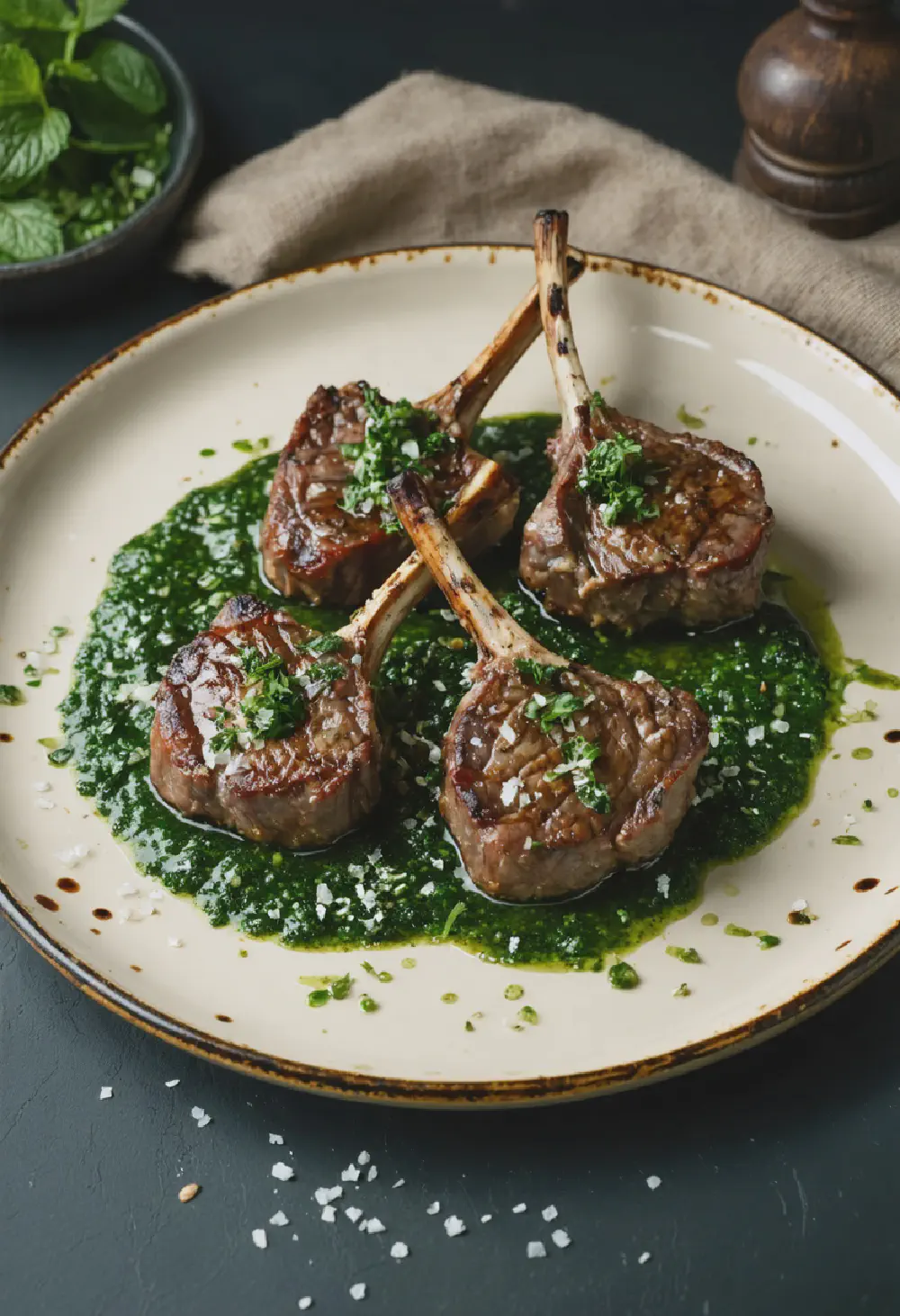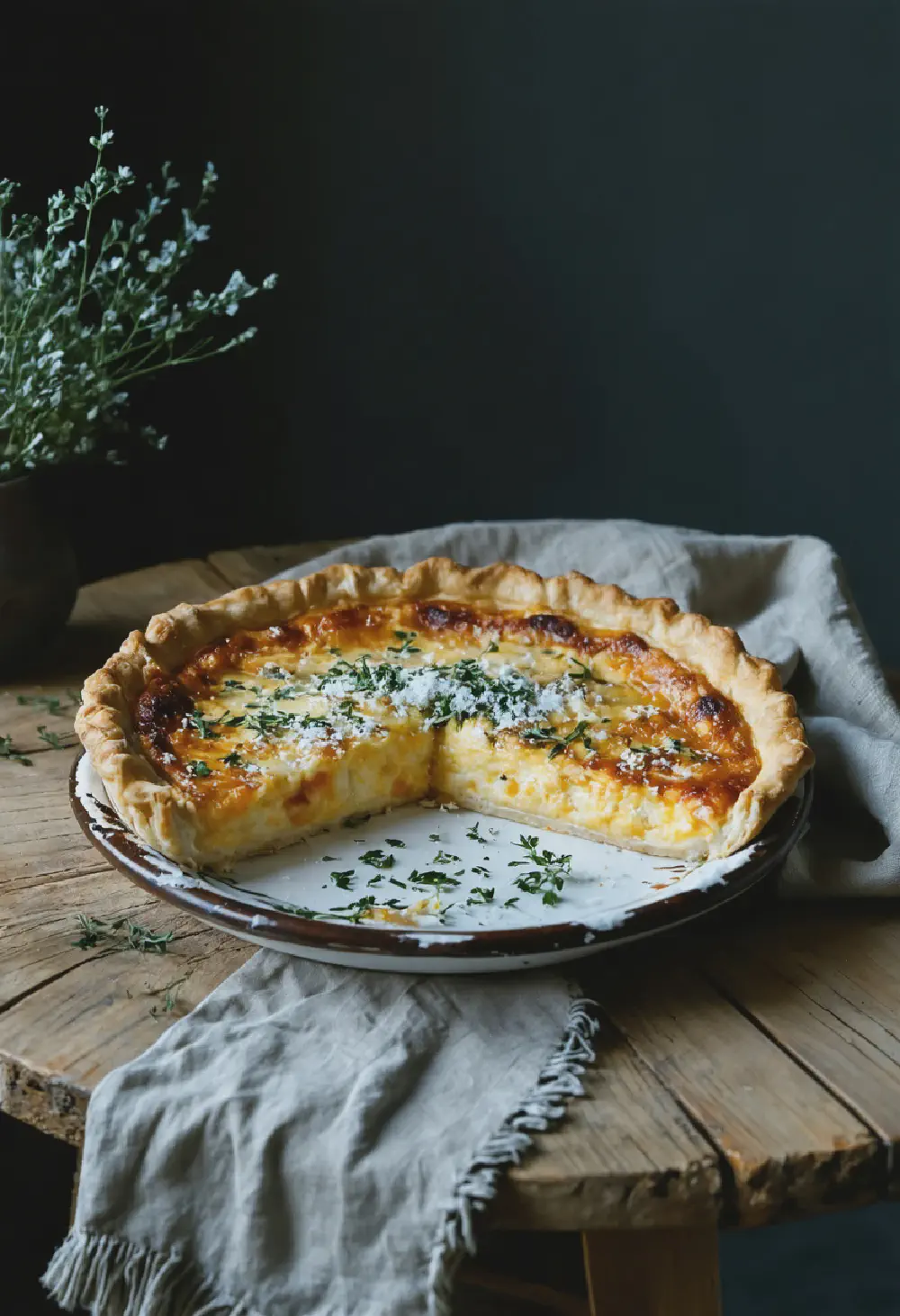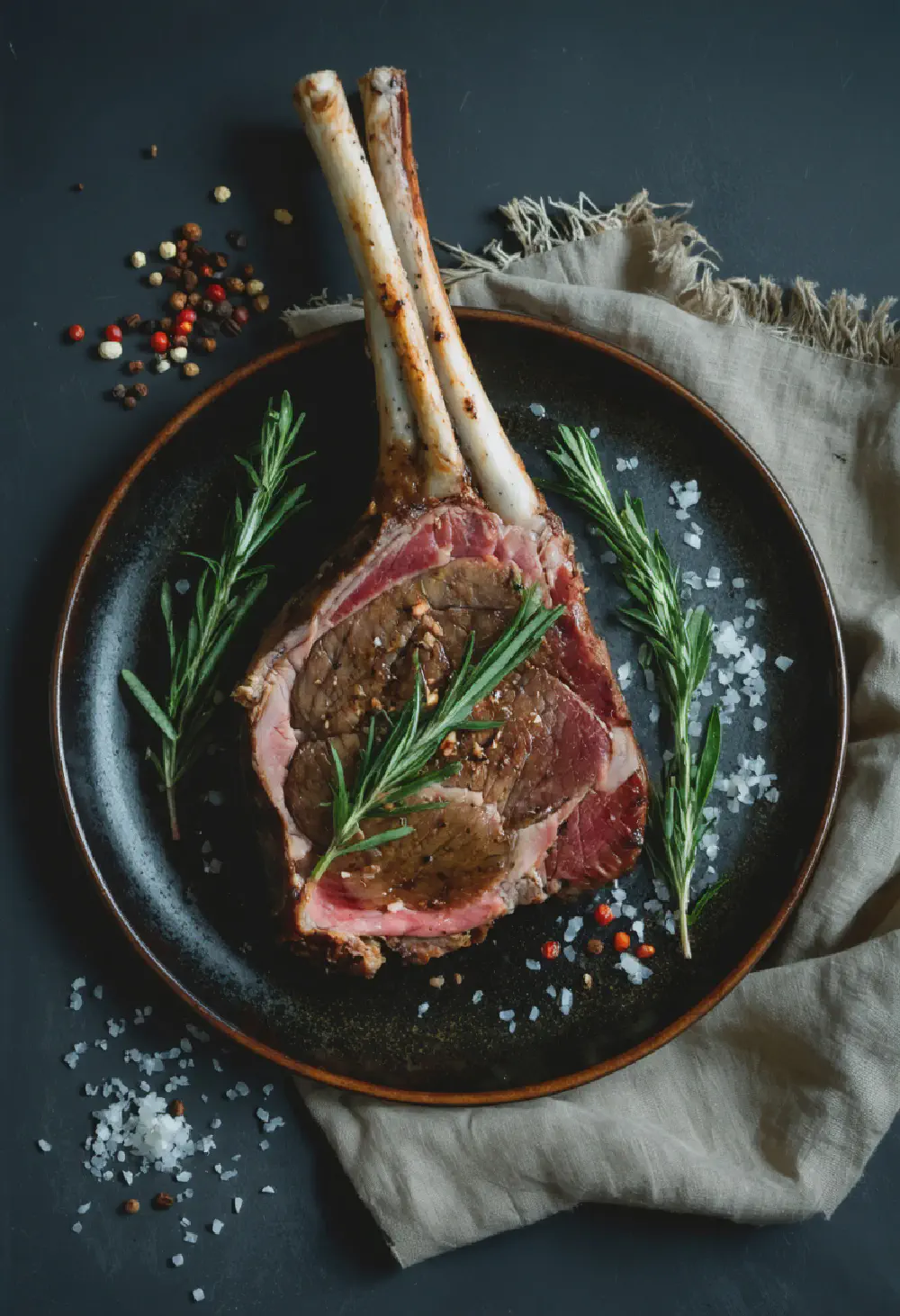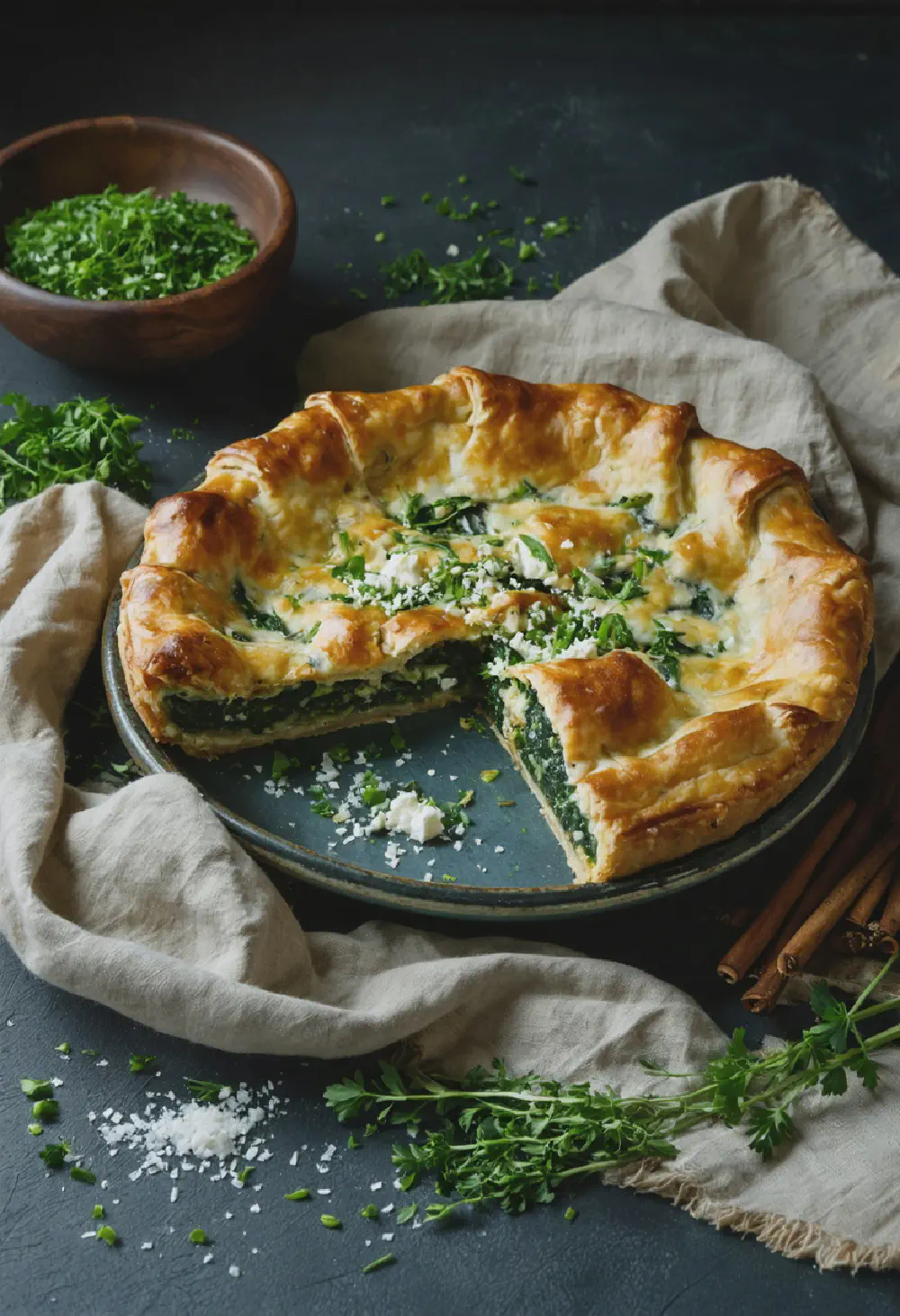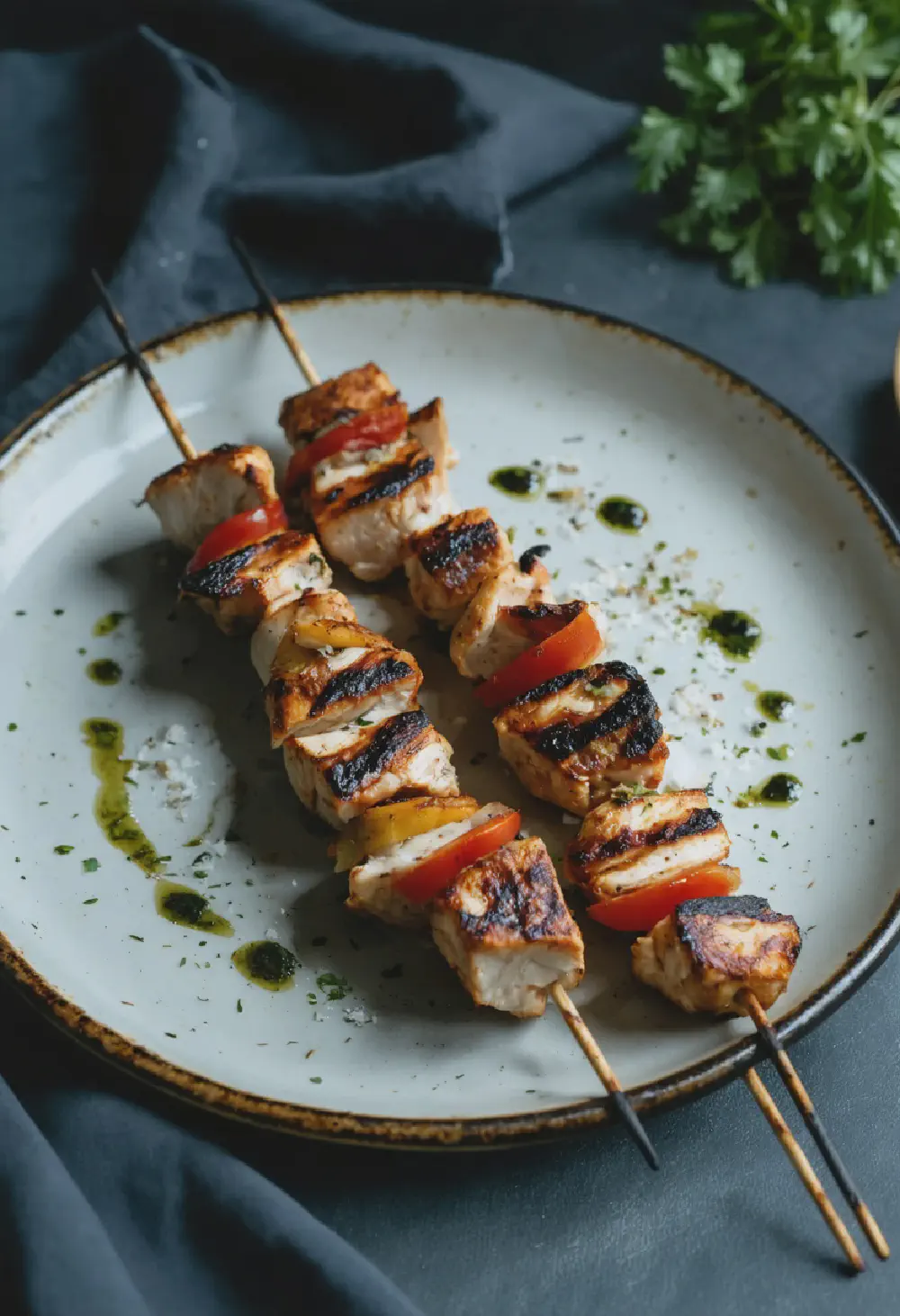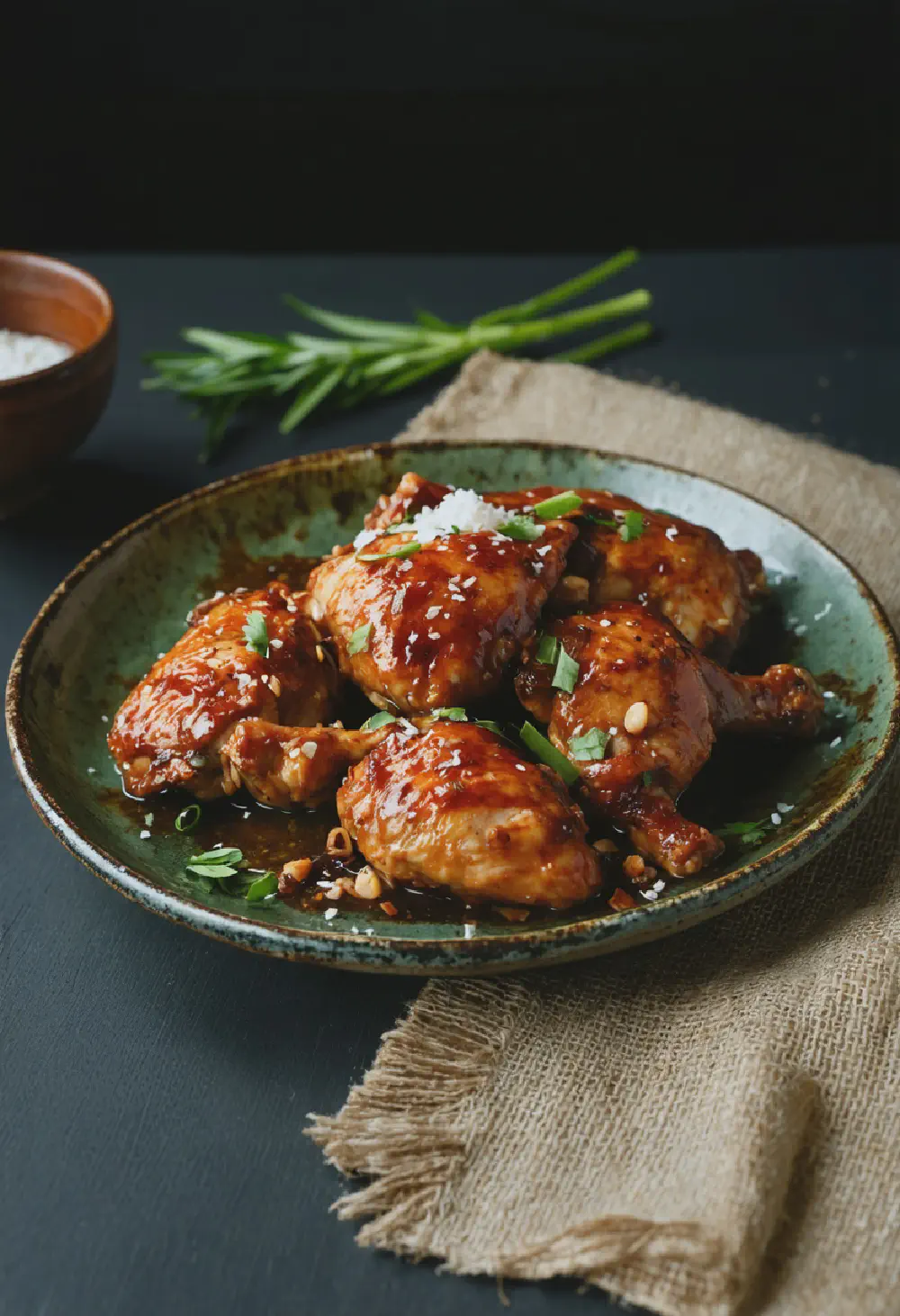Easter Simnel Cake
30M
2H and 30M
- Makes 12 servings
- 225g plain flour
- 1 tsp baking powder
- 175g butter, softened
- 175g light muscovado sugar
- 3 large eggs
- 2 tbsp milk
- 1 tsp vanilla extract
- 2 tsp mixed spice
- 400g mixed dried fruit (raisins, currants, sultanas)
- 50g chopped mixed peel
- 50g glacé cherries, halved
- Zest of 1 lemon
- Zest of 1 orange
- 450g marzipan
- 2 tbsp apricot jam
- 1 large egg, beaten (for glazing)
- Preheat your oven to 150°C (300°F) and grease and line a 20cm (8 inch) round cake tin.
- In a large bowl, sift together the flour and baking powder.
- In another bowl, cream the butter and sugar together until light and fluffy. Beat in the eggs one at a time, adding a little flour with each to prevent curdling.
- Stir in the milk and vanilla extract. Fold in the remaining flour, mixed spice, dried fruit, mixed peel, glacé cherries, and the lemon and orange zest.
- Divide the marzipan into three equal portions. Roll out one portion to fit the base of the cake tin and place it at the bottom.
- Spoon half of the cake mixture over the marzipan base and smooth the surface. Roll out another portion of marzipan to fit the top of the cake mixture and place it on top.
- Add the remaining cake mixture and smooth the top. Bake in the preheated oven for about 2 hours, or until a skewer inserted into the center comes out clean.
- Allow the cake to cool in the tin for 10 minutes, then turn out onto a wire rack to cool completely.
- Once the cake is cool, brush the top with warmed apricot jam. Roll out the remaining marzipan and use it to cover the top of the cake.
- Divide the remaining marzipan into 11 equal pieces and roll into balls. Arrange these around the edge of the cake.
- Preheat your grill to high. Brush the marzipan topping and balls with beaten egg and place under the grill until golden brown. Keep a close eye on it to prevent burning.
- Allow the cake to cool before serving. Enjoy your traditional Easter Simnel Cake!
Easter Simnel Cake: A Traditional British Easter Delight
History
The Easter Simnel Cake holds a cherished place in British culinary history, with origins tracing back to medieval times. Initially, the Simnel Cake was a type of enriched bread, but over the centuries, it evolved into the fruitcake we recognize today. The name “Simnel” is believed to derive from the Latin “simila,” meaning fine, white flour, which was used in the original recipes. Traditionally baked for Mothering Sunday, the cake’s association with Easter became prominent in the 19th century. The distinctive feature of the cake, the 11 marzipan balls, symbolizes the apostles of Jesus, excluding Judas, adding a layer of religious significance to this Easter delicacy.
Taste Profile
The Easter Simnel Cake is renowned for its rich and indulgent taste profile. At its core, it is a dense fruitcake, packed with a variety of dried fruits such as raisins, currants, and candied peel, which contribute to its moist texture and sweet flavor. The cake is often flavored with spices like cinnamon, nutmeg, and sometimes ginger, adding warmth and depth. A layer of marzipan, both within and on top of the cake, introduces a sweet almond taste that complements the fruitiness of the cake. The marzipan topping is typically toasted to a golden hue, enhancing its nutty flavor and providing a delightful contrast to the soft cake beneath.
Cultural Significance
Within British cuisine, the Easter Simnel Cake holds significant cultural importance, particularly during the Easter celebrations. It is a symbol of the season, often shared among family and friends to mark the end of Lent. The cake’s religious symbolism, with the 11 marzipan balls representing the apostles, underscores its role in Christian traditions. Beyond its religious connotations, the Simnel Cake is a testament to the rich baking heritage of Britain, showcasing the country’s love for fruitcakes and marzipan. It is a staple at Easter gatherings, embodying the spirit of renewal and celebration that defines the holiday.
